Figures & data
Map 2. Groups of languages spoken on the Western Seram (Collins, Citation2018, p. 98).
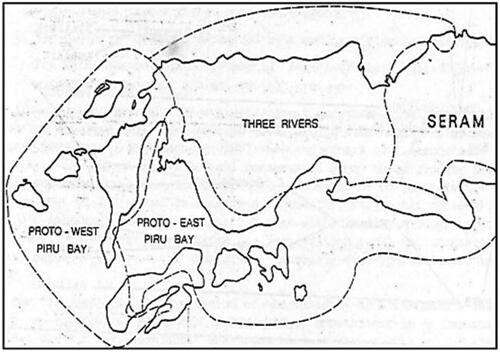
Figure 1. Subgrouping of ‘Three Rivers’ in Western Seram (Collins, Citation1982, p. 37).
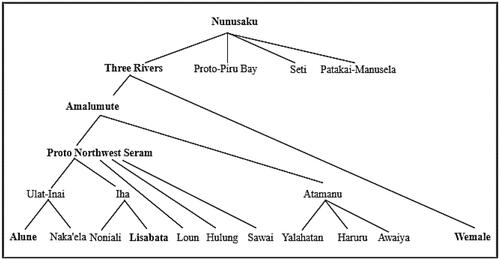
Figure 2. The construction of Genetic tree model (Schleicher, Citation1983).
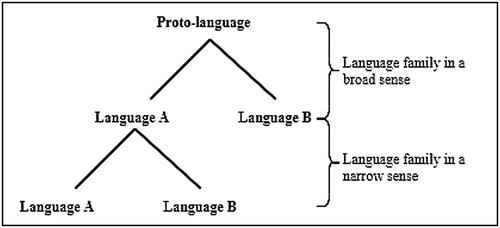
Table 1. Language kinship parameter (Keraf, Citation1996, p. 135).
Table 2. Sets of language kinship between the Alune, Lisabata, Luhu, and Wemale.
Table 3. Sets of identical words shown by the Alune, Lisabata, Luhu, and Wemale.
Table 4. Sets of different words shown by the Alune, Lisabata, Luhu, and Wemale.
Table 5. The percentage of language kinship (cognates) among Alune, Lisabata, Luhu, and Wemale.
Figure 3. Situation encountered during interviews with indigenous residents as respondents (researchers’ self-documentation, 2022).
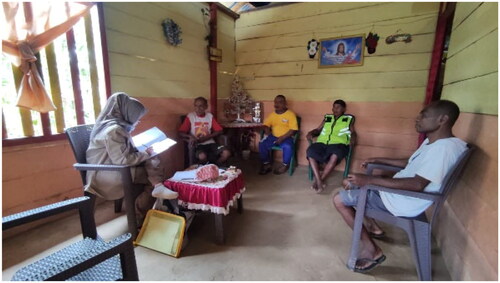
Figure 4. Cladistic (tree-based) representation of the Western Seram language group’s diversification based on a lexicostatistical approach.
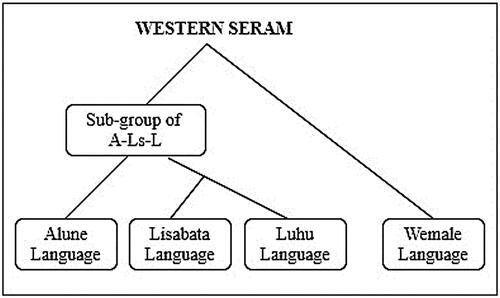
Table 6. Phonemic correspondences within /ø/∼/y/#_ rule.
Table 7. Phonemic correspondences within /b/∼/h/#_, /b/∼/h/V_V# rules.
Table 8. Phonemic correspondences within /k/∼/ø/#_ rule.
Table 9. Phonemic correspondences within /ø/∼/h/#_ and /h/∼/ø/#_ rules.
Table 10. Phonemic correspondences within /l/∼/n/#, /l/∼/n/_V#, /l/∼/n/V_V#_ rules.


